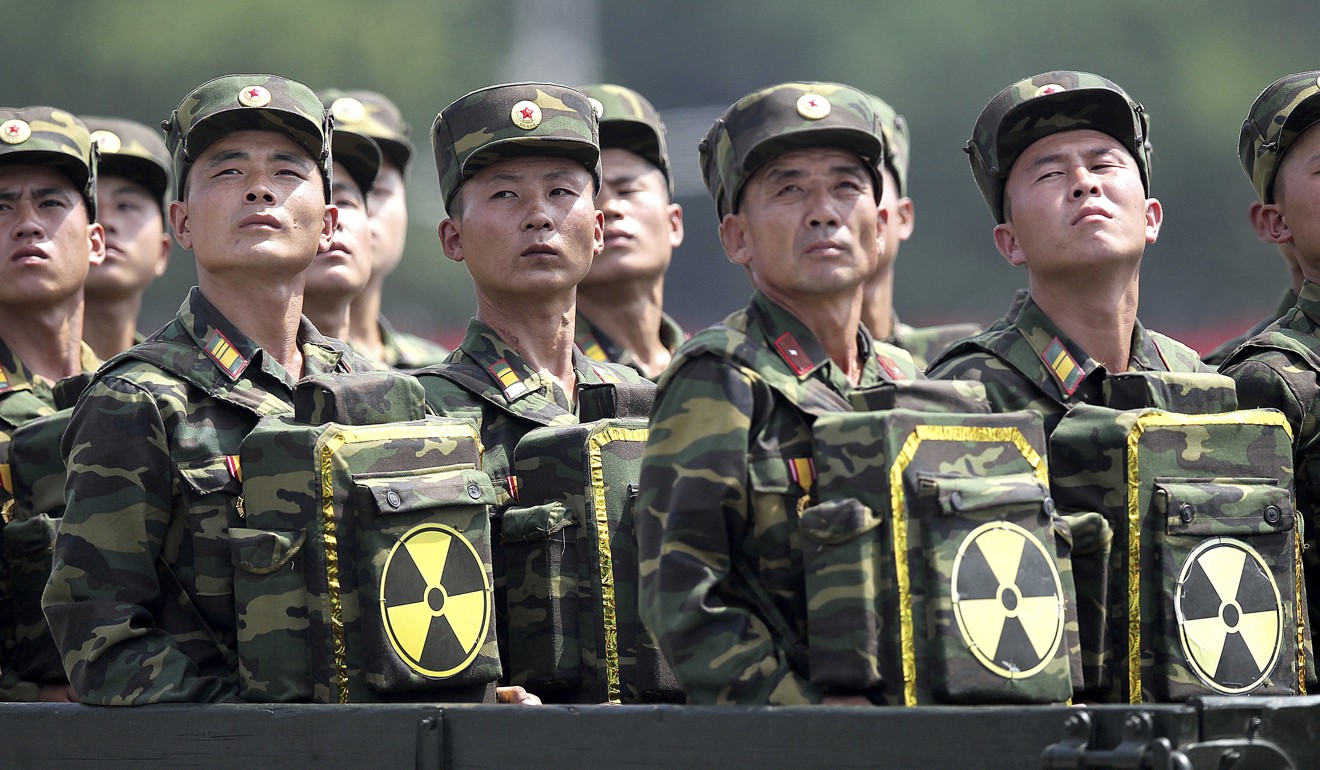
Beyond THAAD: the real reason why China is angry with South Korea
North Korea may just be the symptom, the changing nature of bilateral economic ties is what is really driving the current drift in relations
Once a favourite destination of Chinese tourists – who comprised 90 per cent of Jeju’s tourist footfall – the island has since turned into a ghost town. Jeju’s problems embody the tensions between China and South Korea, which marked the 25th anniversary of establishing diplomatic relations this August. The 15th and the 20th anniversaries were celebrated with lavish high-profile joint events underscoring rapidly growing bilateral ties.
Seoul wants THAAD, but do Koreans?

Opinion: Why China’s shadow boycott of South Korea is self-defeating
All of this makes this the toughest time for Sino-South Korean relations since the establishment of diplomatic ties in 1992, compounded by the onset of an economic rivalry. The 1992 diplomatic breakthrough was followed by an economic and geopolitical honeymoon. While business ties dramatically expanded, Seoul moved from relying completely on the United States to balancing between Washington and Beijing. A stand-off with Japan over history textbooks, comfort women and disputed territories also helped to bring it closer to China. In September 2015, President Park was the only Washington ally to attend a commemorative military parade on Tiananmen Square.
During these 25 years, solid economic links have made China-South Korea relations one of the most important bilateral relationships in Asia and in the world. In 2015, bilateral trade turnover hit US$227.4 billion.
South Korea exports to China more than any other nation in the world, its goods accounting for more than a tenth of the latter’s total imports. China’s share of South Korea’s total exports exceeds one fourth, twice as high as the share of the United States. Chinese goods comprise a fifth of South Korean imports, roughly equalling the share of American and Japanese goods combined. South Korea is among the top five foreign direct investors in China.
Why a rising Moon bodes well for South Korea’s relations with China
One of the major driving forces behind the expansion of Sino-South Korean economic links was complementarity coupled with geographic proximity. Korean companies have supplied parts, materials and equipment for China’s electronic, general machinery and other industries, supporting their phenomenal growth. Bilateral trade in auto parts, insignificant in the early 90s, has grown at a remarkable pace. In the same time, both countries’ dependence on auto parts imports from Japan has decreased.

China is to blame for Korea’s pollution? Really?
But this stage of the complementarity-driven expansion of economic ties seems to be over, giving way to rivalry. Having increased its exposure to China, the export-oriented South Korean economy is grappling with the “China challenge” rather than capitalising on the “China opportunity”. Chinese companies are directly competing with their South Korean counterparts in the areas where the latter used to dominate.

As China withdraws, Russia advances: what’s up with North Korea?
These changes are creating a new context for the bilateral relationship, adding to the North Korean factor.
Several years ago, when Beijing-Seoul relations were at their peak, Korea experts in Tokyo were telling me that South Korea always tends to gravitate towards the strongest regional player, which at the time was China. That drift seems to be over: Seoul has drifted back to the Washington camp.
The North Korean threat has divided Asia, largely along the old cold war lines, and the deteriorating relationship between Beijing and Seoul is a major manifestation of this division. But North Korea is also a mere symptom of the far deeper problems that beset the relationship. ■
Ivan Tselichtchev is a professor and faculty dean at the Niigata University of Management in Japan and the author of China Versus the West: The Global Power Shift of the 21st Century

